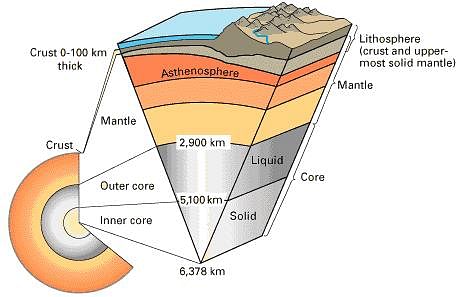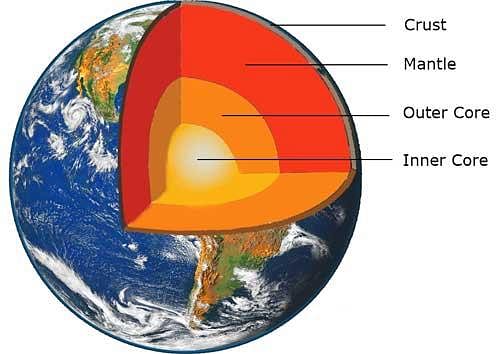UPSC Exam > UPSC Tests > Geography for UPSC CSE > Test: Inside Our Earth - UPSC MCQ
Test: Inside Our Earth - UPSC MCQ
Test Description
10 Questions MCQ Test Geography for UPSC CSE - Test: Inside Our Earth
Test: Inside Our Earth for UPSC 2024 is part of Geography for UPSC CSE preparation. The Test: Inside Our Earth questions and answers have been
prepared according to the UPSC exam syllabus.The Test: Inside Our Earth MCQs are made for UPSC 2024 Exam. Find important
definitions, questions, notes, meanings, examples, exercises, MCQs and online tests for Test: Inside Our Earth below.
Solutions of Test: Inside Our Earth questions in English are available as part of our Geography for UPSC CSE for UPSC & Test: Inside Our Earth solutions in
Hindi for Geography for UPSC CSE course. Download more important topics, notes, lectures and mock
test series for UPSC Exam by signing up for free. Attempt Test: Inside Our Earth | 10 questions in 10 minutes | Mock test for UPSC preparation | Free important questions MCQ to study Geography for UPSC CSE for UPSC Exam | Download free PDF with solutions
Detailed Solution for Test: Inside Our Earth - Question 1
Detailed Solution for Test: Inside Our Earth - Question 2
| 1 Crore+ students have signed up on EduRev. Have you? Download the App |
Detailed Solution for Test: Inside Our Earth - Question 3
Detailed Solution for Test: Inside Our Earth - Question 4
Test: Inside Our Earth - Question 5
The inner and outer cores are together about 3500 km thick, and the core has a very high temperature and pressure. Why is the core also known as NiFe?
Detailed Solution for Test: Inside Our Earth - Question 5
Detailed Solution for Test: Inside Our Earth - Question 6
Detailed Solution for Test: Inside Our Earth - Question 7
Test: Inside Our Earth - Question 8
What type of rocks are formed when molten lava cools down rapidly on the earth's surface?
Detailed Solution for Test: Inside Our Earth - Question 8
Test: Inside Our Earth - Question 9
State whether the following statement is True or False:
The Deccan plateau is made up of sedimentary rocks.
Detailed Solution for Test: Inside Our Earth - Question 9
Detailed Solution for Test: Inside Our Earth - Question 10
|
180 videos|475 docs|198 tests
|
Information about Test: Inside Our Earth Page
In this test you can find the Exam questions for Test: Inside Our Earth solved & explained in the simplest way possible.
Besides giving Questions and answers for Test: Inside Our Earth, EduRev gives you an ample number of Online tests for practice
|
180 videos|475 docs|198 tests
|
Download as PDF



















